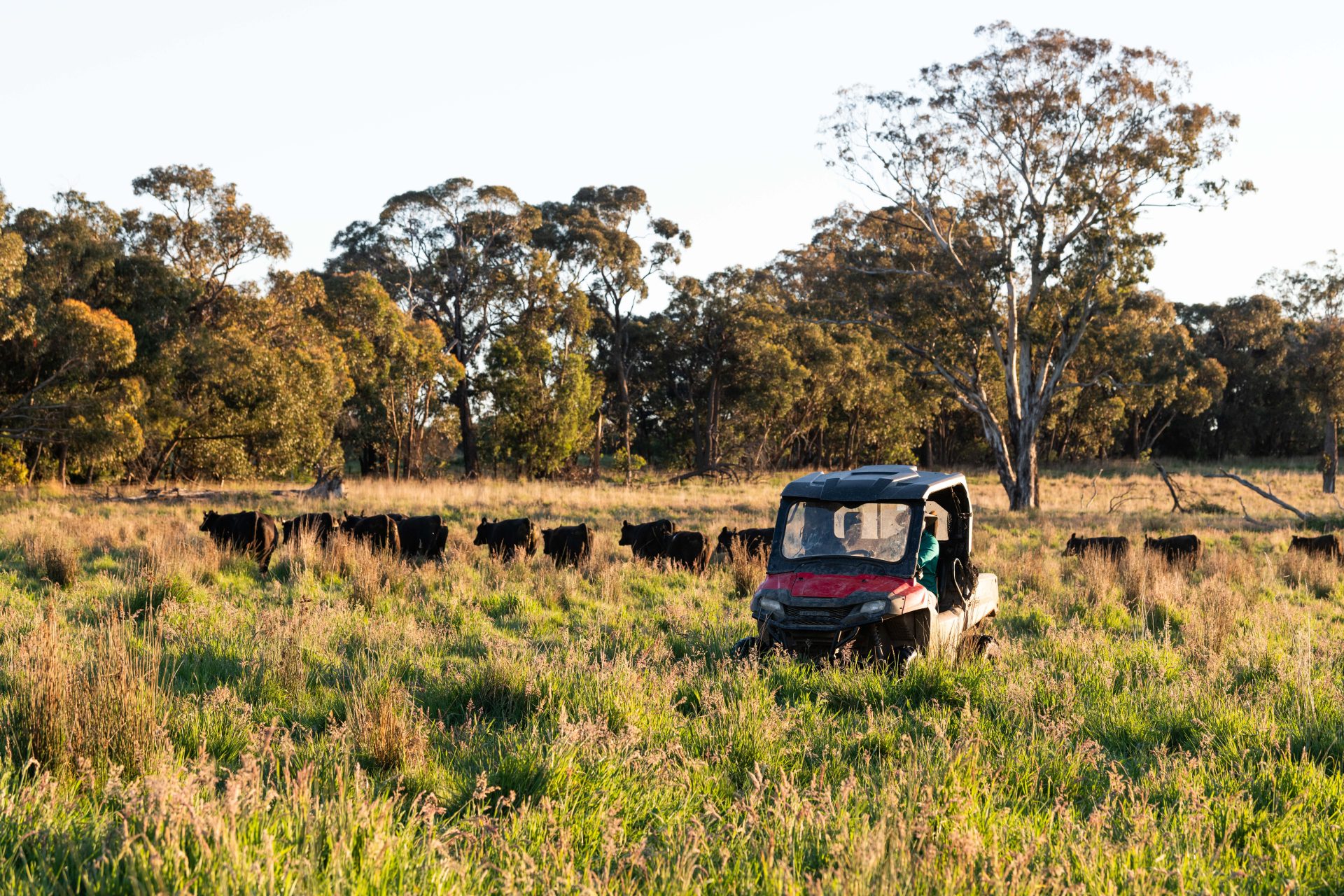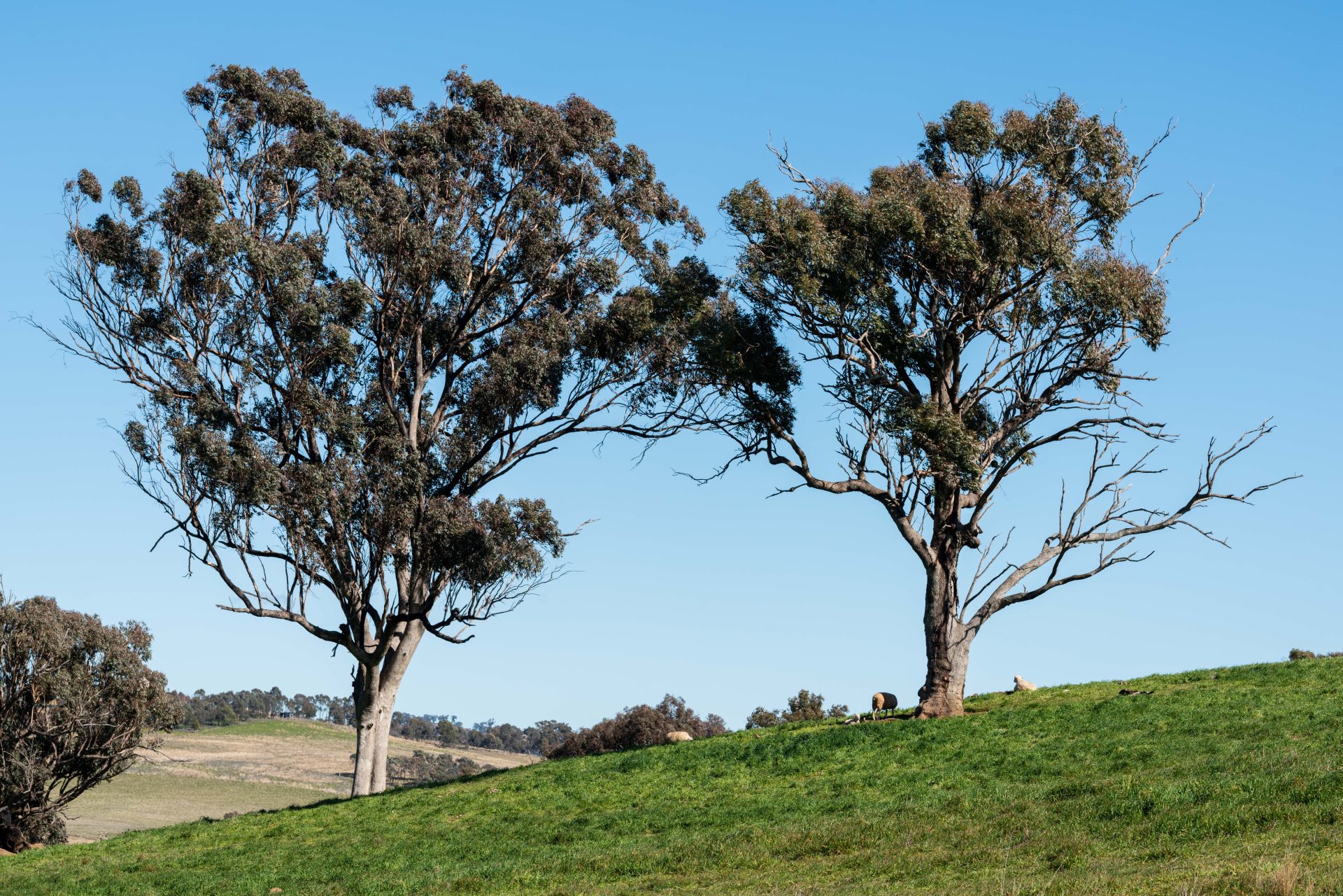Ag Bank Appetite
When assessing borrowers for a new farm loan, we’re generally seeing banks play a long game around commodity prices and using averages across a five-year period. Most Australian banks that offer agrifinance use what’s referred to as ‘year-in-year-out’ to determine cash flow and annual cashflow average when assessing whether or not a farming business has the ability to pay back the facility. This year-in-year-out approach takes into consideration where the business will be in four or five years and factors in the build-up of livestock numbers, seasonal prices and normalises one-off expenses. The SproutAg team have seen a measured and practical approach to this, in particular using the five-year averages for commodity prices.
In addition to this, some of the rural banks have changed their policies around serviceability and have started to move away from fully amortising these loans in their assessments and are now using interest only coverage ratios. There are also some banks that have not changed their policies and this has impacted on their ability to service new loans, so this approach has been adopted by some while other banks are yet to catch up. For the banks yet to catch up, in most of their annual reports they have identified that they will be allocating more capital to their business bank portfolios and hopefully their agribusiness divisions.
All in all, we’re still seeing a strong appetite from some of the banks, however there are others who have turned the tap off!.
Agribusiness Finance Interest Rates
As we move towards the end of 2023, We’re currently seeing some inconsistency across interest rates, with up to 2.70% difference over the last few weeks – a massive contrast! This large variation in rates offered by the banks is the unlike anything we have seen over SproutAg’s seven-year history.
We have managed to help our clients navigate this though, recently placing a client’s banking out to tender. During this process we were able to help them reduce their rate of 9.05% down to 6.35%.
What can you do about it?
With all the changes happening in agrifinance, here are our top tips for you to navigate the rocky waters:
- If your operation needs more working capital for next year, we’d recommend starting the process now and completing it for the whole year ahead.
- Cashflow and financial structure are more important than interest rates in the current market.
- If you have fodder or grass available, set up a livestock finance facility so you can take those good buying and trading opportunities when they present.
- Chat to an advisor about reducing your interested rate if it is more than 1% over the market.




